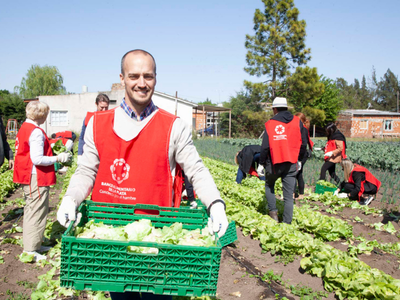Child hunger programs are a proven way to improve the lives of millions of children, families and their communities — that’s why The Global FoodBanking Network (GFN) strengthens and expands access to these programs.
It’s critical for children to get the nutrition they need during their first 1,000 days, in terms of brain development, health and future outcomes. School-age children likewise need adequate nutrition to develop and thrive, from early on through adolescence. This leads to improved physical and cognitive development, better school performance, and greater opportunity to fully participate in their communities and societies.
School meal programs are a promising way to improve outcomes for children. In fact, a World Food Programme study found that school feeding programs showed a consistent positive impact on school enrollment, learning outcomes and nutrition, with a particular impact on socially disadvantaged children.
Food banks are well-suited to complement public sector social safety net programs and help fill the gaps to reach more children facing food insecurity. GFN boosts those programs by providing professional expertise, technical resources, training and connections to member food banks.
But with a greater level of investment and support, more food banks could achieve an even greater level of growth in alleviating child hunger.

Decades of research confirm the effectiveness of school meals, which improve health outcomes well into adulthood. Many children around the world receive their main meal of the day through a school feeding program. And in addition to alleviating hunger, the programs have a secondary benefit: They help increase attendance and support academic achievement, especially for girls. A solid education leads to better employment opportunities, increased earning potential and greater financial stability for individuals in the long term.
Well-designed school feeding programs can also provide employment opportunities for chefs and local caterers, and they further support local economies by purchasing products from farmers and retailers.
Mais il existe encore des lacunes importantes dans ces programmes cruciaux partout dans le monde. C'est l'une des raisons pour lesquelles les banques alimentaires sont si importantes.
GFN member food banks can provide communities access to these programs, operating across 45 countries worldwide, primarily in emerging and developing market countries. Local food banks help extend the reach of school meal programs when government-run school meal programs are not yet established in the communities where they’re needed or when they do exist but are unable to meet every child’s needs. And they are also powerful advocates for universal school feeding programs at the national level.
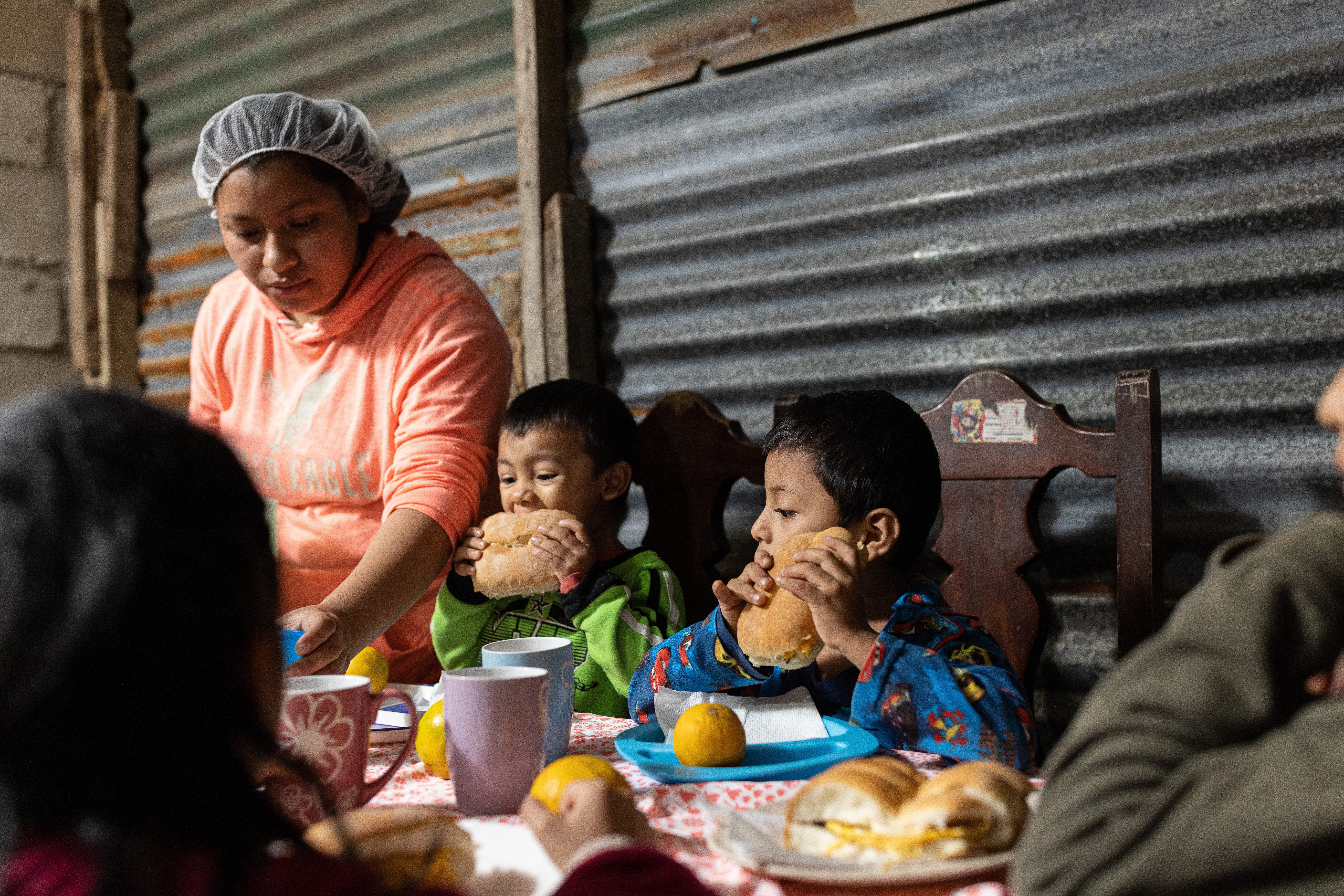
GFN helps food banks and their local educational partners establish and expand programs that provide food access and support services to children, adolescents and mothers facing food insecurity.
GFN offers technical assistance, information, capacity-building grants, and links to partner organizations, experts and best practices. Member food banks are also provided with GFN school feeding toolkits and other resources that are based on best practices, research and network surveys.
Within the network, 34 food banks in the Americas, Asia Pacific and sub-Saharan Africa implement at least one child hunger program. The number of children served by food banks across the network grew from 6.2 million in 2019 to 16 million in 2024. Food banks address child hunger in a variety of ways, through meal programs, backpack programs, summer or holiday food programs, and food and nutrition education or maternal health programs. Each meal is estimated to cost from $0.15 to $2.56.
One example of a food bank working to alleviate child hunger in local communities comes from a GFN member in Ghana, De la nourriture pour toute l’Afrique. The food bank launched a new school feeding program in 2024 to provide daily meals to 5,000 students in 25 schools across the country that generally don’t receive government meal subsidies.
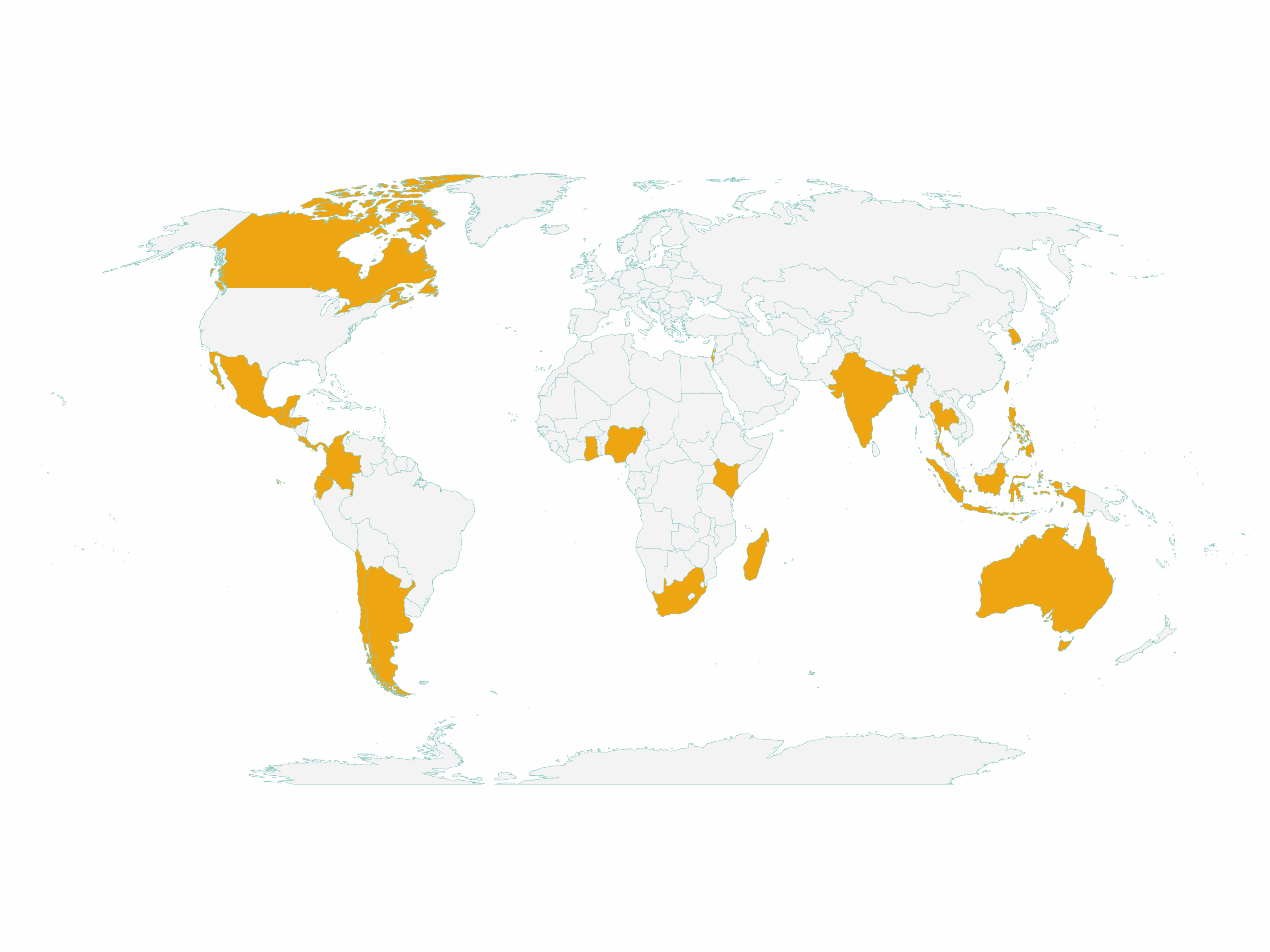
Like many other GFN members, Food for All Africa emphasizes a diversity of fruits and vegetables in their school feeding program. And they are purposefully strengthening relationships with local farmers to ensure fresh produce is a large part of every school meal served.
“We take the produce farmers know they can’t sell at market but is still edible and leverage our cold storage facilities and transportation systems to distribute it to schools,” said Elijah Amoo Addo, founder of Food for All Africa, in an interview with the Fondation mondiale pour la nutrition infantile. “They are happy knowing their food won’t go to waste and will feed hungry children, and in return their farm is supported. It’s a win-win situation.”
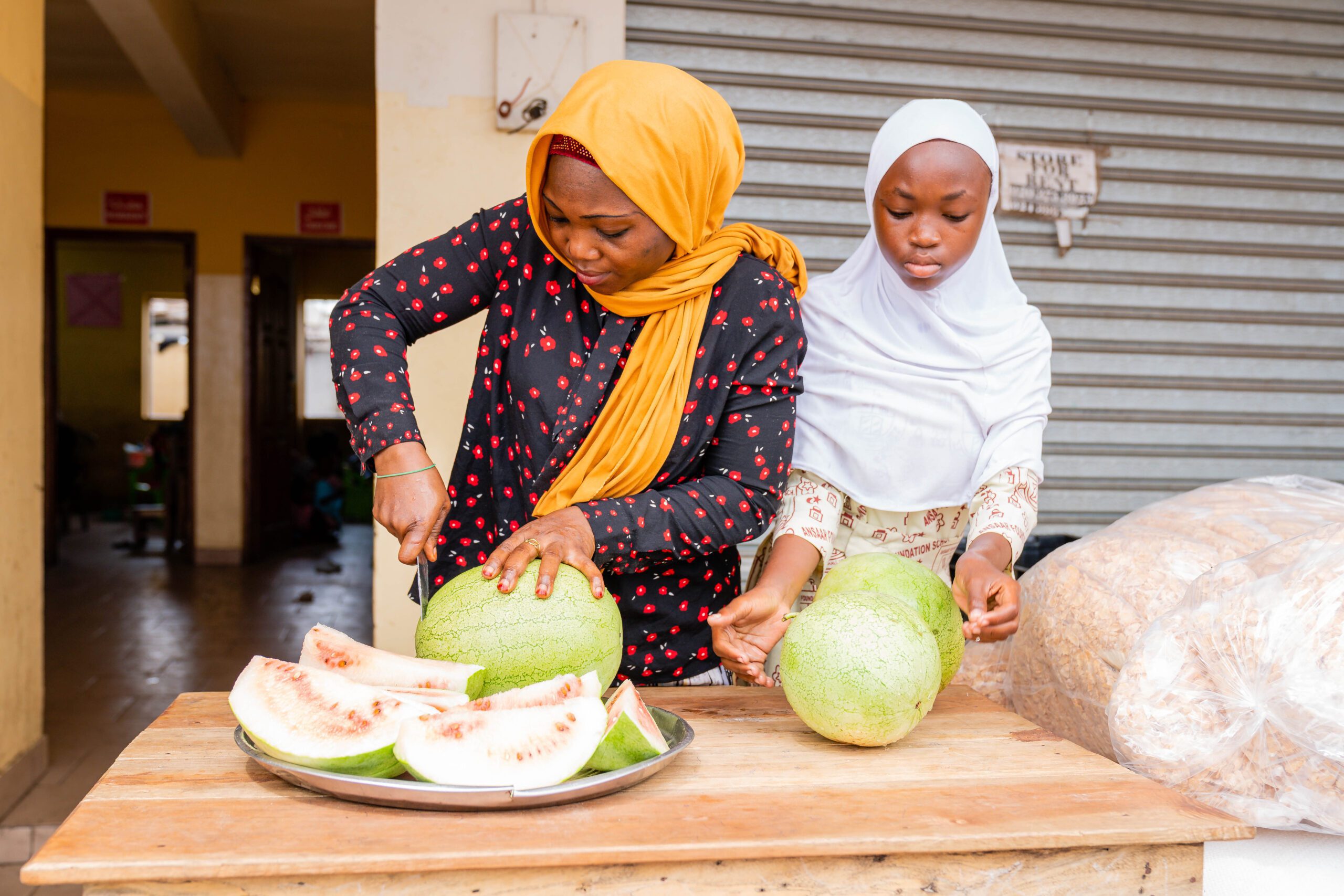
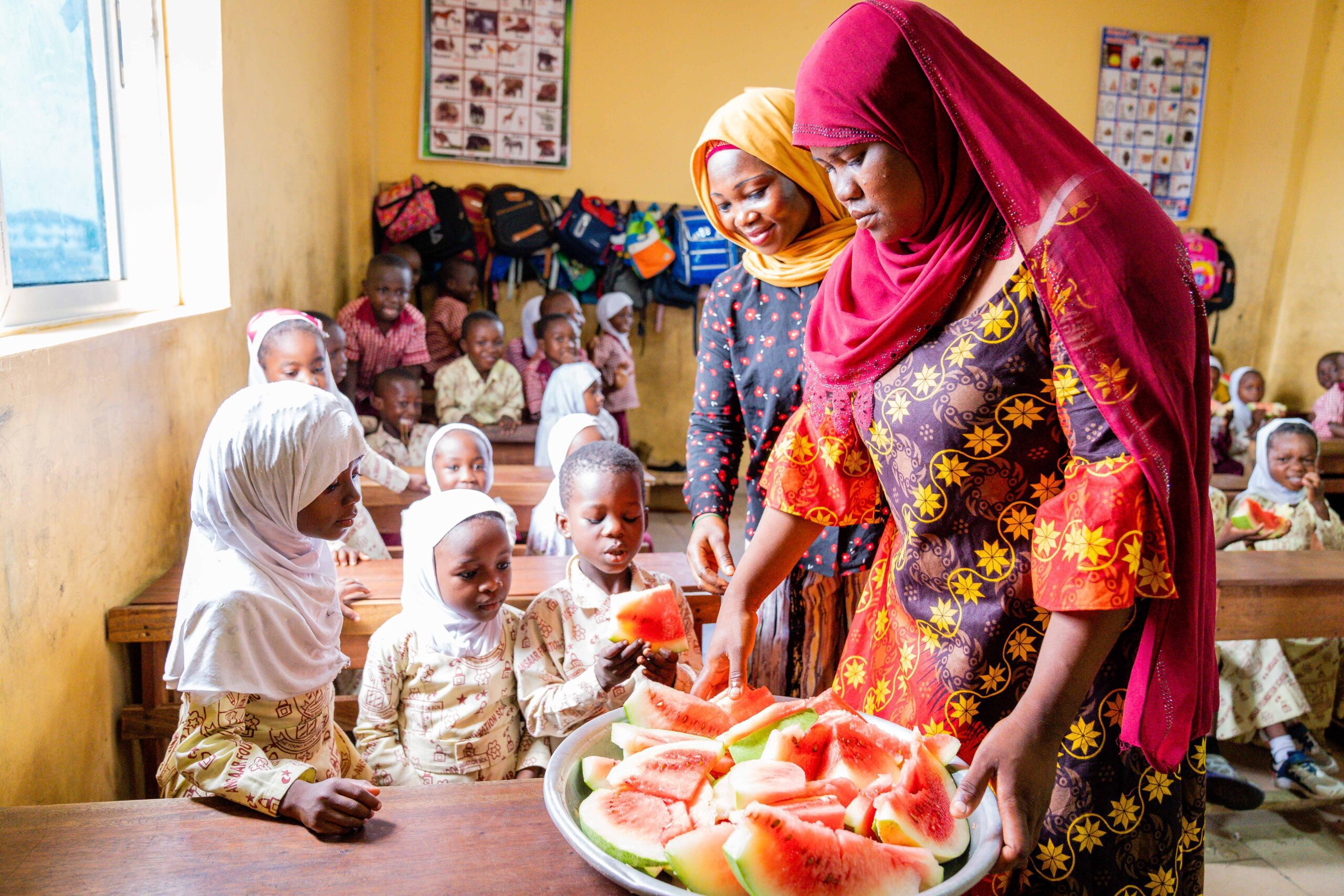
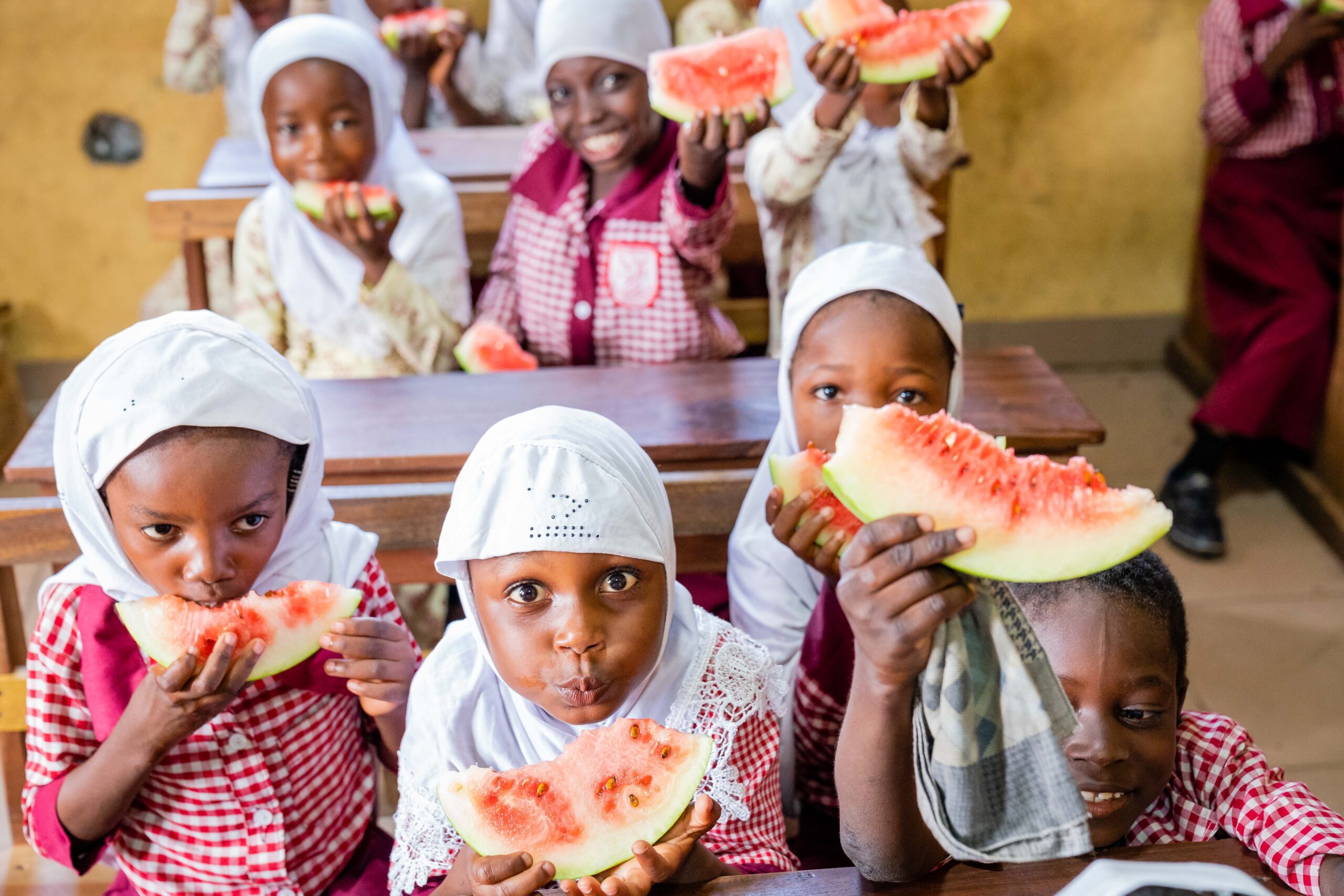
Children in the program can take home fresh produce that isn’t used in the day’s meals to share with their families. “A lot of children we support weren’t eating fresh fruits and vegetables on a regular basis, as they are expensive,” Addo said. “Our work has helped to improve their nutrition while also helping them to stay in school. We also help them to understand the importance of reducing food waste while supporting their community.”
Additionally, Food for All Africa’s school feeding program also provides job training and nutrition education workshops to unemployed mothers and other community members.
While food banks are well positioned to provide school meals and see opportunities to expand their programs, 74% of GFN member food banks report funding as a barrier. And as bilateral aid and other funding is reduced, school meal programs will likely contract, making it more essential that local organizations step in to fill those gaps.
Food banks need more support to provide these programs, keep meal costs low and engage with farmers to ensure the meals include fruits and vegetables. Partnerships with the private sector play an important role, in particular, in making food banks and school meal programs stronger around the world. Food banks help connect companies with these public programs by creating simple ways for them to provide food, equipment, funding and more. To make these efforts successful, food banks also need close collaboration with governments to create strong policies that make it easier to recovery food, support local farmers and encourage more businesses to get involved.
For more information on the role of food banks in school feeding programs, visit our Resource Center and filter by “child hunger.”

